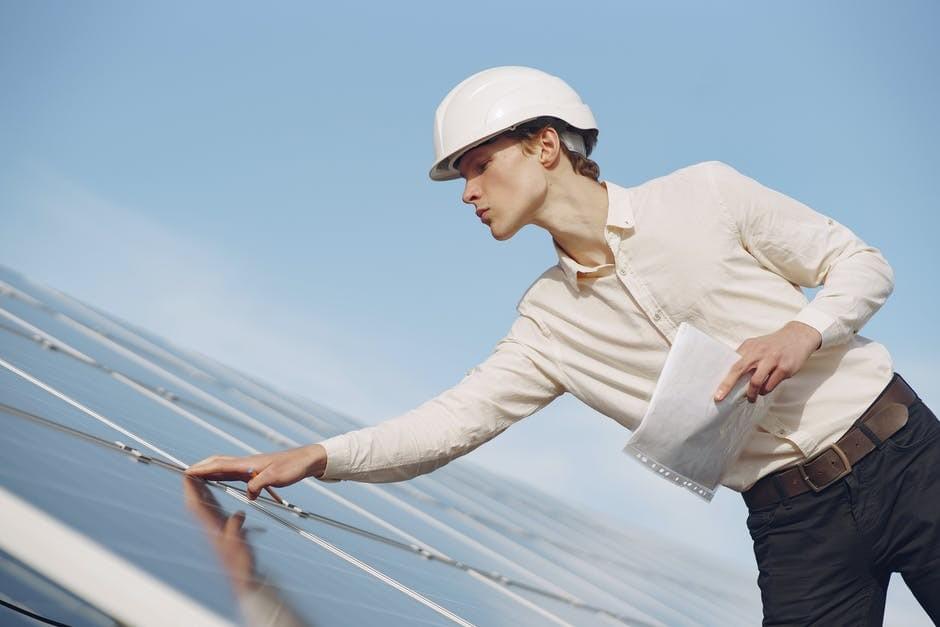
There are two main methods of solar panel installation: roof-ground mounts and flush mounts. Regardless of the method you choose, you'll need a sturdy mounting structure to hold the panels. The orientation of the panels must be slightly tilted in order to maximize their conversion efficiency. The best directions for solar panels are south, east, and north. The angle of tilt can range from 18 degrees to 36 degrees. Installing a solar tracker can increase conversion efficiency.After the solar installer installs the panels, they will need to have the system approved by the utility company. This is known as the "permission to operate" process. It ensures that your solar installation meets local electrical code requirements and is safe. In addition, it ensures that the work is completed correctly. Read about estimate savings after installing solar panels here.
A turnkey installation provider will cover this cost. Once the utility approves the installation, the homeowner can turn it on and start saving on electricity.After the panel installation, you must connect the panels to the electrical panel. Depending on the type of system, you might use a dedicated AC sub-panel to combine the panels. Dedicated sub-panels do not require load breakers to provide the necessary voltage. Make sure the wiring is accessible to the panels, breaker box, and meter. Cable clips are helpful for holding the wires in place during strong winds. You should never let the exposed wiring touch the surface of the roof. A licensed installer will provide you with a written permit for your project. Before installing the solar panels, your installer will inspect the property and design a system that fits your needs and your budget. They'll also fix any obstacles that might prevent the proper installation of the panels. After a solar installation, the installer will connect the panels to the electrical system. It's important to remember that the installation of solar panels requires a permit from the local government. The permitting process varies by region. Installing a solar panel system can take anywhere from one to three days. The entire process can take a full day or even a few days depending on the size and complexity of the system. It also depends on whether you have a battery backup. After the installation is completed, you'll be left with a clean, green roof and a clean, efficient energy source. After a solar panel installation, you'll have the added benefit of improved energy production. You can browse this website to learn more about solar panels installation. Your solar installer will make sure that the roof is ready for the installation. They'll place the electrical wiring and build racking. The racking is then attached to the roof and tested for safety. Once everything is in place, the solar panels are attached to the racking system. Then, you'll need an inverter to convert the energy generated by the solar panels into usable electricity. If you choose the latter, your installer will do it for you. When you're finished with the solar panel installation, your local utility company will interconnect your solar system to the electrical grid. This way, you can safely draw electricity when you need it and feed back any surplus energy into the grid, resulting in credits from the utility company. These credits can come in handy if you're interested in net-metering. However, this is only one option - a solar system needs to be interconnected to your electric company for the most benefits. Learn more about solar panels here: https://en.wikipedia.org/wiki/Solar_panel.